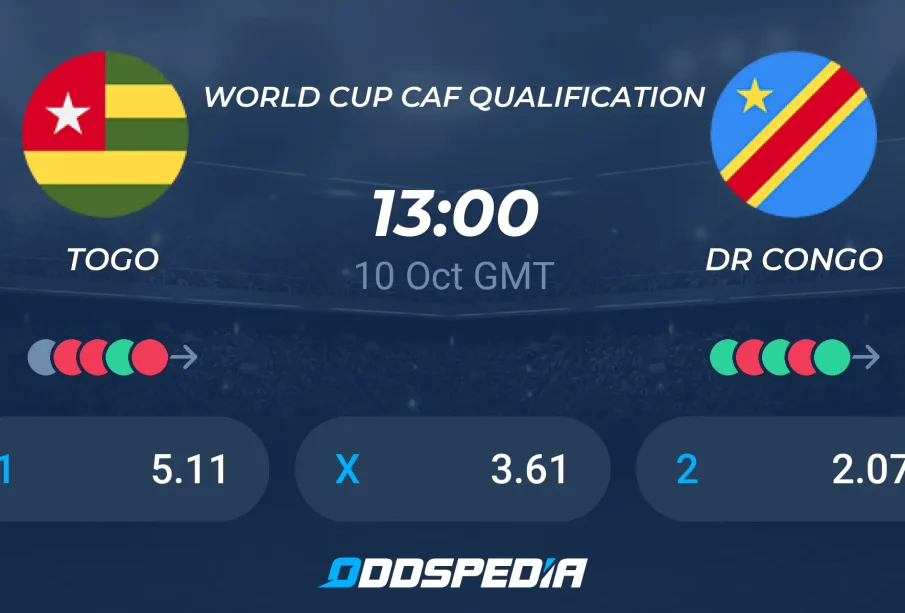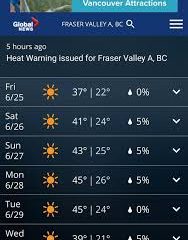Togo vs DR Congo: A Comparative Analysis

Introduction
The comparison between Togo and the Democratic Republic of the Congo (DR Congo) is significant due to the diverse cultures, histories, and socio-political landscapes these two African nations offer. Understanding the differences helps to shed light on the broader continental dynamics. Both countries boast rich traditions and unique challenges, making them fascinating subjects of study.
Geographical Context
Togo, a small West African nation bordered by Ghana, Burkina Faso, and Benin, has a total area of approximately 56,785 square kilometers. Its geography features a diverse landscape of savannas, hills, and a coastal plain along the Gulf of Guinea, which influences its climate and agricultural practices.
In contrast, DR Congo is the largest country in sub-Saharan Africa, covering around 2,344,858 square kilometers. It is bordered by nine countries and is endowed with vast natural resources, including minerals and dense rainforests. The Congo River, one of the longest rivers in the world, runs through the country, which is pivotal for transport and trade.
Cultural Differences
Togo has about 40 ethnic groups, with the Ewe and Tem people being the most prominent. French is the official language, reflecting colonial influences, while traditional religions and Voodoo practices are interwoven with Christianity, making the cultural tapestry vibrant and colorful.
Meanwhile, RD Congo is ethnically diverse, with over 200 distinct ethnic groups. French is also the official language, but Lingala and Swahili are widely spoken. The rich cultural expressions in music, dance, and art point to the country’s deep-rooted traditions that have been shaped by centuries of history ranging from colonial rule to independence.
Sociopolitical Landscape
Togo has faced political challenges, including a prolonged period of authoritarian rule under the Gnassingbé family. Though some democratic reforms have been implemented, political dissent remains a contentious issue. As of 2023, Togo is experiencing social movements advocating for greater political freedom and economic development.
DR Congo, too, has witnessed political instability, particularly following its independence in 1960. The nation has experienced civil war and humanitarian crises, yet as of late 2022, efforts were underway to stabilize governance following elections. The international community continues to monitor the situation given the importance of democracy and human rights within its borders.
Conclusion
While Togo and DR Congo are geographically and culturally distinct, both countries share challenges related to governance and development. Understanding the nuances between these two nations can foster greater awareness of their individual and collective paths toward addressing issues such as political stability, cultural preservation, and economic growth. As Africa continues to evolve on the global stage, the narratives of Togo and DR Congo are vital components of the continent’s rich tapestry.









